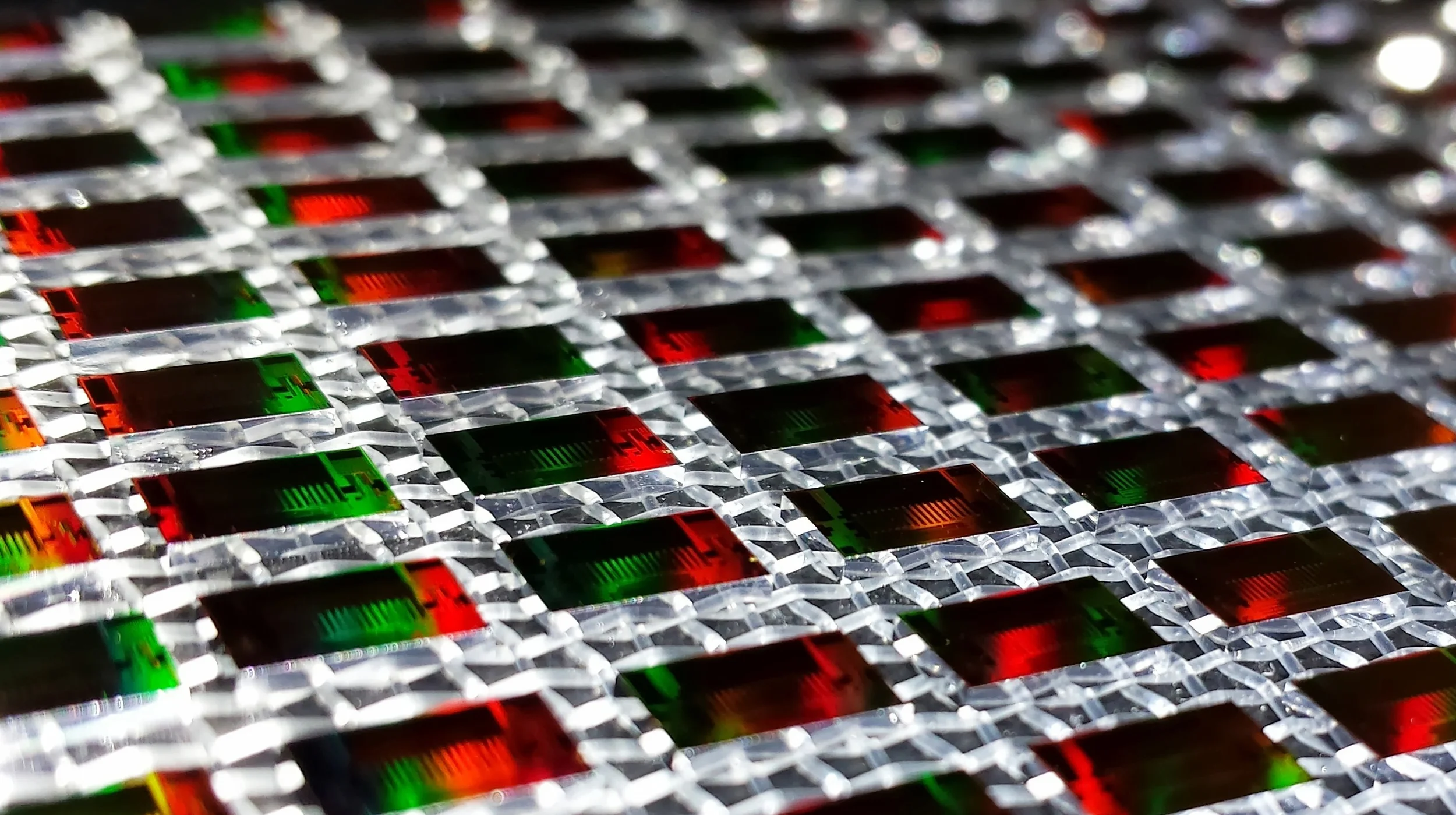Research
Biology is continuously advanced by improvements in measurement technologies, experiencing paradigm shifts due to the deeper levels to which scientists can peer into a system. Armed with the fruits of the genomic and proteomic revolutions, biomedicine is now primed for technologies that integrate multiparameter gene and protein profiling and are applicable within the clinical setting. By combining traditional chemical and biological insight with cutting-edge concepts from materials science, physics, and engineering, our group brings an interdisciplinary approach to developing new tools to tackle longstanding, refractory problems in the biomolecular sciences—technologies that will enable fundamental biological discovery, and in some applications, expedite the transfer of biomolecular insight to the hands of the physician where it can directly impact patient care.
Motivated by practical challenges associated with performing multiparameter biological analysis, our group is developing several powerful analysis tools that will be applicable in clinical settings and beyond. Our goal is to facilitate personalized diagnosis and individualized treatment by providing a more detailed picture of the biomolecular signatures of disease from a single patient. On account of their simplicity, scalability, and molecular generality, these tools also have broad applicability to many aspects of clinical and pharmaceutical research as well as fundamental biological studies.





